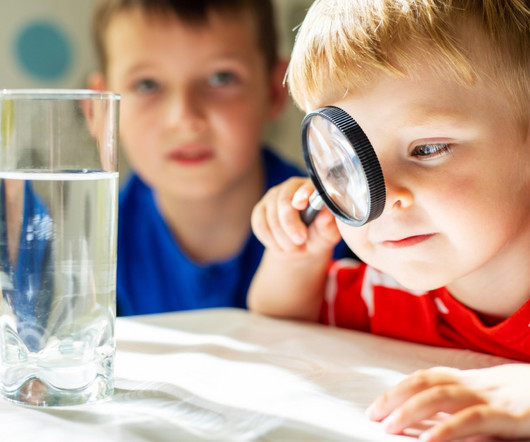How Technology Is Creating the Library of Tomorrow
eSchool News
NOVEMBER 25, 2015
One university has redefined what a research library of tomorrow is by incorporating collaboration research tools for solving problems in today’s tech-driven society. Library to serve companies and academia as a first-class research facility. To learn more, read the case study, “Creating the Library of Tomorrow.”.











Let's personalize your content